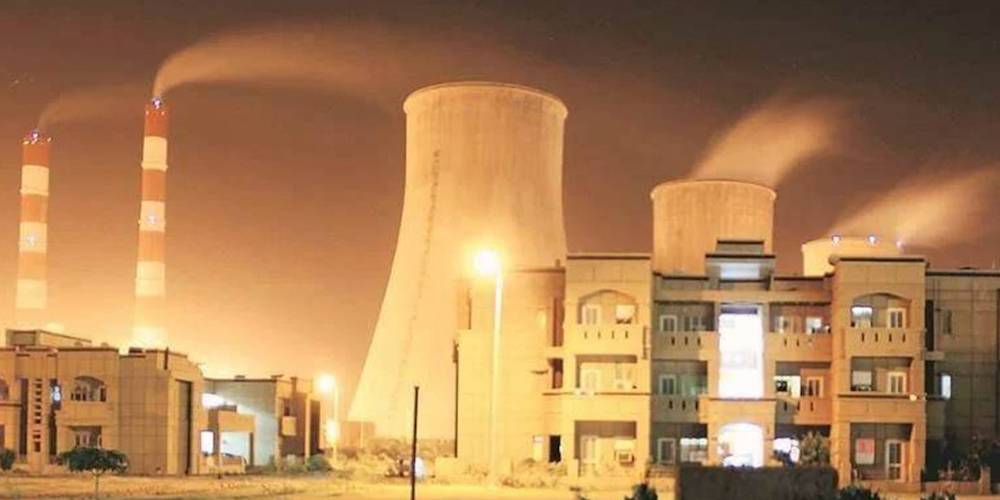Coal to Remain an Important Source of Energy

Although India is pushing for renewable/non-fossil based energy, the share of coal in the energy basket is going to remain significant in years ahead. India is augmenting its coal production for meeting its increasing energy needs. Total coal consumption in India is yet to peak.
The Economic Survey 2021-22 projects coal demand in the range of 1.3-1.5 billion tonnes by 2030 from the current level of about 1000 MT. It is projected that coal demand will continue to rise and may peak around 2040. Thus, despite the thrust on renewables, coal is going to continue as a primary source of energy to meet the growing development needs of India.
In fact, India’s coal production increased impressively by 17.13% to 524.20 Million Ton (MT) during April –November 2022 as compared to 447.54 MT production during the same period of the previous year. Coal India Ltd (CIL) coal production reported 412.63 MT up to November of FY 23 as compared to 353.41 MT during the same period of the previous year representing an increase of 16.76%.
With an objective to enhance coal production capacity, the Ministry of Coal has put 141 new coal blocks for commercial auction and has been engaging regularly with various coal companies in the country and monitoring their production. The all-round efforts made to increase domestic production and dispatch have shown extremely good results.
India is the world’s third largest energy consuming country and the demand for electricity grows by about 4.7% annually.
The Coal Ministry has also amended the Mineral Concession (Amendment) Rules, 1960 under MMDR (Amendment) Act, 2021 to allow lessee of captive mines to sell coal or lignite up to 50% of the total excess production after meeting the requirements of the end-use plant. The amendment has paved the way for releasing of additional coal in the market by greater utilization of mining capacities of captive coal blocks which has led to increase in production of coal by Captive and Other companies by 33.41% to 71.07 MT during Apr-Nov’22 as compared to 53.27 MT production during corresponding period of FY 22.
The Coal Ministry is also taking steps to augment rail connectivity infrastructure for all major mines under PM-Gati Shakti to ensure faster transportation. As a result, the total coal despatch has been to the tune of 557.95 MT during Apr-Nov’22 as compared to 519.26 MT during the same period of FY 22 indicating a growth of 7.45 % . This shows a steady and efficient amount of coal despatch to various sectors across the nation.
As per the current import policy, coal is kept under Open General License (OGL) and consumers are free to import coal from the source of their choice as per their contractual prices on payment of applicable duty. The Government of India does not interfere in this matter. However, the Ministry of Power advised power plants on 28.04.2022 to import 10% of the total requirement of coal for blending purpose and ensure continuous power supply in the respective states.
This decision was subsequently reviewed and decided on 01.08.2022 that now onward, States/IPPs and Ministry of Coal may decide the blending percentage after assessing the availability of domestic coal supplies. CIL was mandated to import coal for blending on behalf of thermal Power Plants of States and IPPS.
In fact, the Government has taken several steps to ramp up domestic coal production in the country. 100% Foreign Direct Investment is allowed for commercial mining. The major initiatives taken to increase domestic production of coal include Single Window Clearance, amendment of Mines and Minerals (Development and Regulation) Act, 1957 to allow captive mines to sell up to 50% of their annual production after meeting the requirement of the end use plant, production through MDO model, increasing use of modern technologies such as surface miner, continuous miner etc., taking up new projects and expansion of existing projects, and auction of coal blocks to private companies/PSUs.
As regards timely payment of coal price to the coal companies, GENCOs have been advised to adhere to timely payments and clear dues as well.
Custom duty applicable to coal import during the last three years was 2.5%. The same was revised for a short duration with effect from 22nd May, 2022 exempting import duty on coal. However, exemption of import duty on coal has been again withdrawn with effect from 19.11. 2022. Presently custom duty applicable to import of coal is 1% BCD and 1.5% of AIDC totalling 2.5%.
Of course, India’s imports of coal have come down. The reduction may be attributed to a number of factors like fall in coal demand during covid-9 pandemic, higher coal production and dispatch in post covid period etc. However, in the current year of 2022-23, coal imports show an increasing trend due to increase in coal demand.
Import of coal by power sector increased during the current financial year of 2022-23. As against the total import of 27MT by the power sector in the entire year of 2021-22, the import of coal by power sector in the first 7 months increased to 38.84 MT. However, much of the increase in import has gone to feed domestic coal based plants and the restoration of power generation by ICB plants to its potential level has remained slow.
Besides, in order to promote use of biomass pellets in coal based thermal power plants, the Ministry of Power revised the earlier policy of 2017 on Biomass Utilization in power plants in October, 2021 to mandatorily co-fire the suitable biomass pellets in the range of 5% to 7% in all coal based power plants depending upon their type of milling system, according to Minister of Coal, Mines and Parliamentary Affairs Pralhad Joshi.
As per record of Sustainable Agrarian Mission on use of Agri-Residue in Thermal Power Plants (SAMARTH), total 83888 Metric Tonne biomass has been co-fired in power plants till 31.10.2022.



